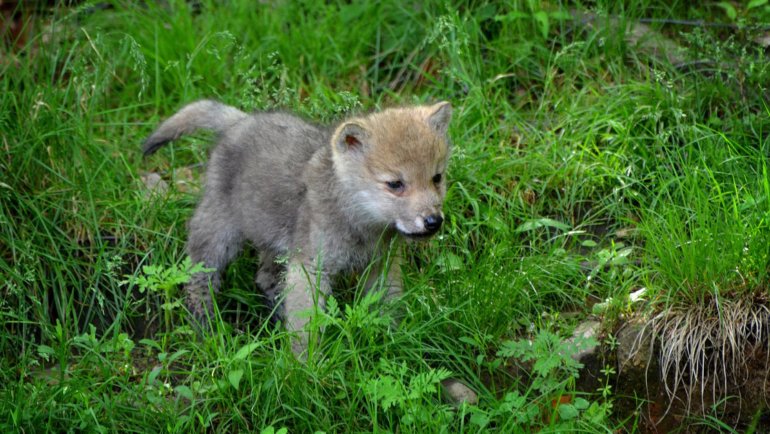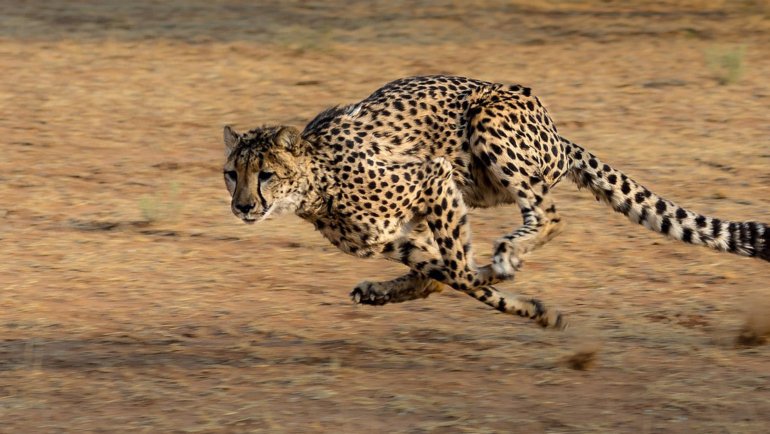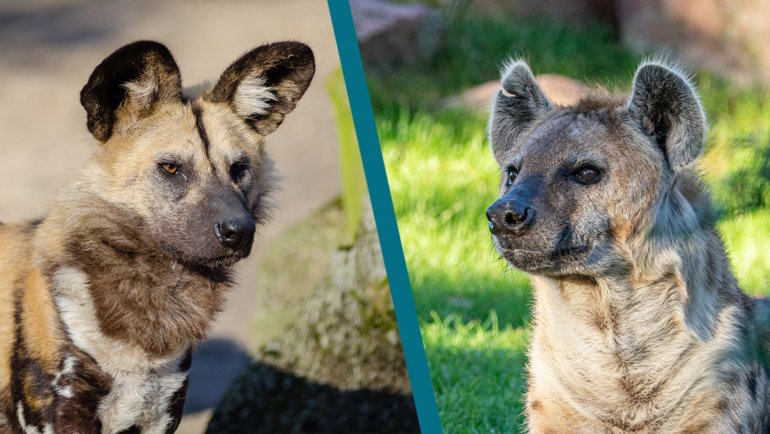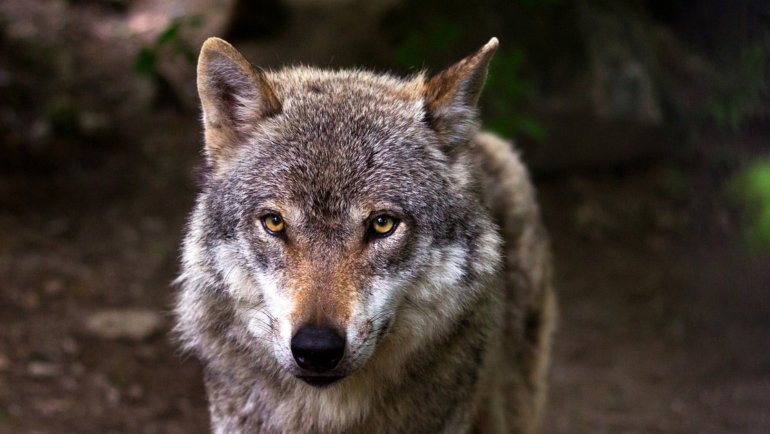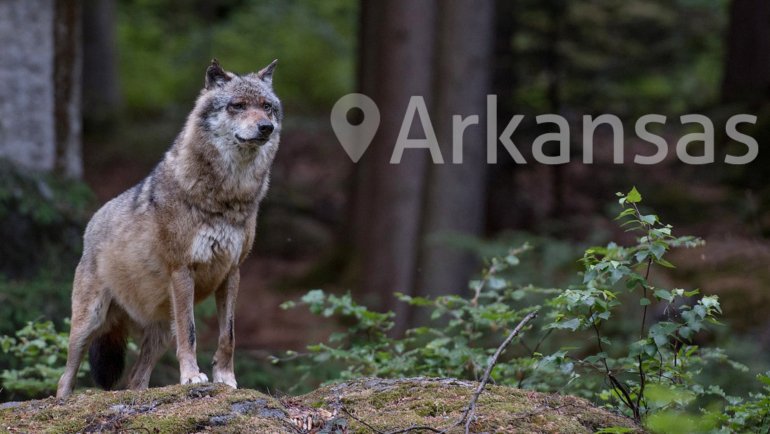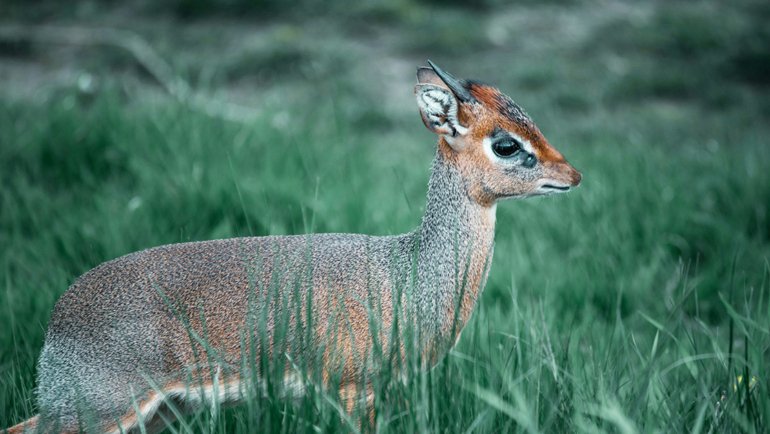The Andean fox, also known as the culpeo or zorro culpeo, is a fascinating predator native to the rugged landscapes of South America. As one of the continent’s most adaptable carnivores, the Andean fox has successfully established itself in various ecosystems, from high-altitude Andean mountains to coastal deserts.
In this fact sheet, we’ll explore its classification, physical characteristics, behavior, diet, and conservation status. The Andean fox plays a vital role in its ecosystem, and understanding this elusive animal helps shed light on the rich biodiversity of South America.
The Andean Fox at a Glance
Classification
| Kingdom: | Animalia |
| Phylum: | Chordata |
| Class: | Mammalia (Mammals) |
| Order: | Carnivora |
| Family: | Canidae |
| Genus: | Lycalopex |
| Species: | L. culpaeus |
Essential Information
| Average Size: | 22-34 in (55-88 cm) in body length, 12-20 in (30-50 cm) in tail length |
| Average Weight: | 11-22 lbs (5-10 kg) |
| Average Lifespan: | 5-10 years in the wild |
| Geographical Range: | South America: Andes, southern Chile, Argentina, Bolivia, Ecuador, Peru |
| Conservation Status: | Least Concern (IUCN Red List) |
Species and Subspecies
The Andean fox (Lycalopex culpaeus) belongs to the genus Lycalopex, which includes six species often referred to as “false foxes” because they are not true foxes but closely resemble them. The Andean fox is the largest of its genus and is sometimes confused with other Lycalopex species due to their similar physical appearance.
There are no officially recognized subspecies of the Andean fox, but the species does show slight regional variations in size and color, likely due to environmental factors. These foxes found at higher altitudes tend to have thicker fur to withstand the cold, while those in coastal regions have lighter, shorter coats.
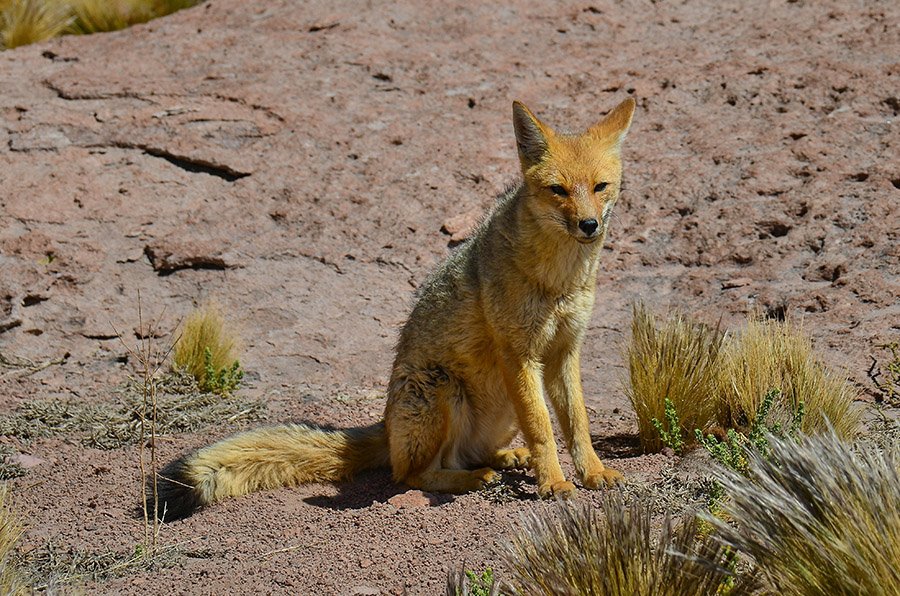
Description
The Andean fox has a sleek, slender body well-suited for life in diverse terrains. Adults typically measure between 22 to 34 inches (55 to 88 cm) in body length, with an additional 12 to 20 inches (30 to 50 cm) of bushy tail. They weigh between 11 and 22 pounds (5 to 10 kg), with males generally larger than females, though there is no extreme sexual dimorphism.
Their fur is a reddish-brown color, with grey and black tones mixed throughout, particularly on their backs and tails. The underbelly is paler, and the legs are often marked with distinctive reddish or orange fur.
The Andean fox has sharp, upright ears and a long bushy tail, which is often tipped with black, giving it a classic “fox-like” appearance. Its strong jaws and sharp teeth are well-suited for a carnivorous diet, though it can eat a variety of food depending on availability.
Habitat and Distribution
The Andean fox is widespread across South America, from the northern Andes to the southernmost tip of the continent. It is most commonly found in mountainous regions, especially in the Andes, where it thrives at altitudes between 6,000 and 14,000 feet (1,800 to 4,300 meters). However, it is highly adaptable and can also be found in lower-elevation forests, scrublands, grasslands, and even deserts such as the Atacama.
This species is known for its ability to adjust to different ecosystems, making use of varied landscapes from the high-altitude páramos to arid coastal plains.
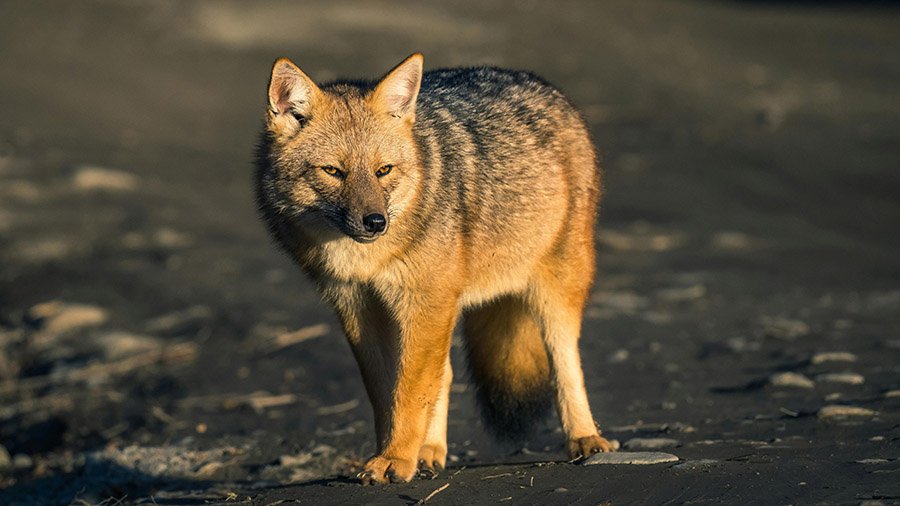
Behavior
The Andean fox is primarily nocturnal and crepuscular, meaning it is most active during twilight and night. It is generally solitary, though pairs may form during the breeding season. These foxes are territorial and tend to roam over large areas, marking their boundaries with scent glands located at the base of the tail.
Communication between Andean foxes includes vocalizations such as barks and howls, as well as visual signals like tail movements and scent marking. While primarily solitary hunters, they are not entirely antisocial and may gather in loose groups where food is plentiful. They are excellent climbers and runners, capable of navigating steep and rocky terrain with ease.
Diet and Feeding Behavior
The Andean fox is an opportunistic omnivore, feeding on a wide variety of food items. While it primarily preys on small mammals such as rodents and rabbits, it will also eat birds, insects, and even carrion. In some areas, it has been known to prey on livestock, which has brought it into conflict with farmers.
When plant material is available, the Andean fox supplements its diet with fruits, berries, and seeds, especially during seasons when prey is scarce. It is a skilled hunter, using its keen sense of smell and hearing to locate prey, often pouncing to catch small animals or scavenging for food when necessary.
Predators
Adult Andean foxes have few natural predators due to their size and agility. However, young foxes may fall prey to larger predators such as pumas (mountain lions) and Andean condors. Human activity poses a significant threat, as foxes are sometimes hunted or poisoned by farmers who view them as a threat to livestock.
Additionally, the expansion of agriculture and urban development has encroached on the fox’s natural habitat, increasing the risk of vehicle collisions and reducing available hunting grounds.
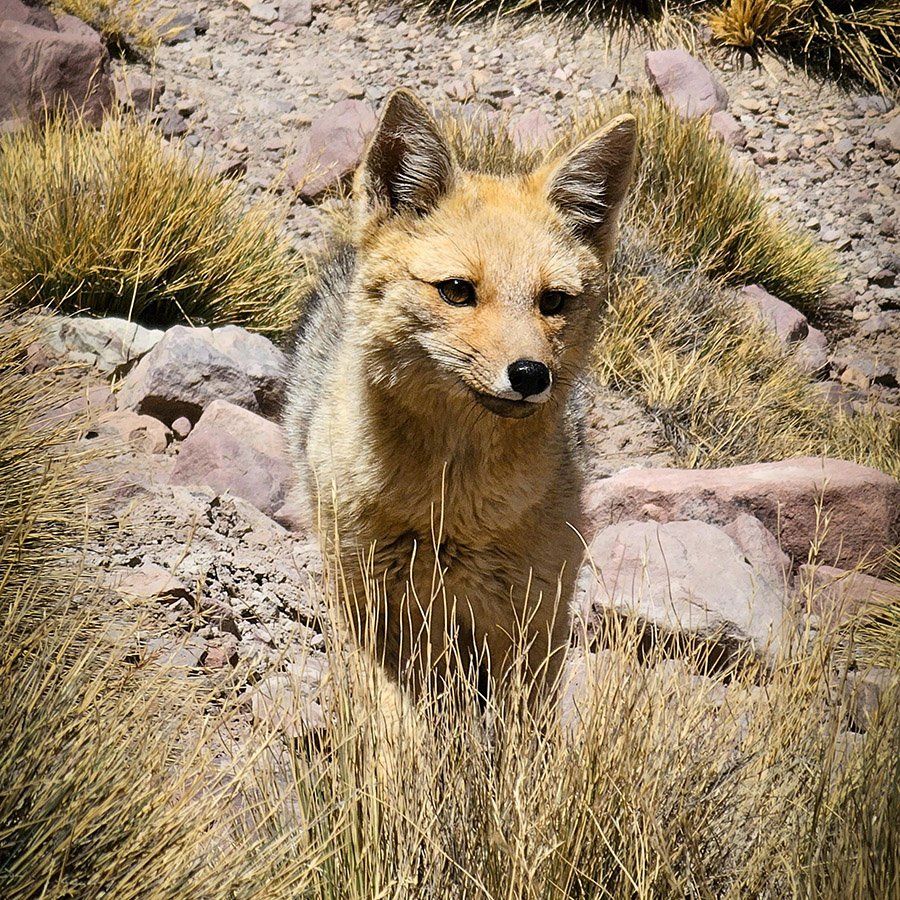
Reproduction and Life Cycle
The Andean fox typically breeds once a year, with mating occurring between June and August. After a gestation period of approximately 55 to 60 days, the female gives birth to a litter of 2 to 5 pups. The pups are born blind and helpless, depending entirely on their mother for nourishment and protection during the early weeks of life.
Both parents participate in raising the young, with the male often bringing food back to the den while the female stays to nurse the pups. By the time the pups reach two months of age, they begin to venture out of the den and practice hunting skills. They reach sexual maturity around one year of age, after which they leave the family group to establish their own territories.
Conservation and Threats
Although the Andean fox is classified as “Least Concern” by the International Union for Conservation of Nature (IUCN), it still faces several threats that could impact its populations in the future.
Habitat destruction, particularly due to agriculture and urban expansion, remains a growing concern. Human-wildlife conflict also plays a role, as farmers often view the fox as a threat to livestock.
Conservation efforts for the Andean fox are limited, though its wide range and adaptability have helped it avoid the critical danger faced by other species.
Some local governments in South America have launched education campaigns to reduce conflicts between humans and foxes, encouraging non-lethal solutions for protecting livestock.
Fun Facts
- The Andean fox is sometimes called a “false fox” because, while it closely resembles true foxes, it belongs to a different genus (Lycalopex).
- Despite its carnivorous nature, the Andean fox is known to eat a variety of plant materials, especially during lean times when prey is scarce.
- These foxes are highly adaptable and can live at altitudes as high as 14,000 feet (4,300 meters), enduring cold temperatures and low oxygen levels.
- The bushy tail of the Andean fox helps it balance while climbing rocky terrain, a useful skill for navigating its mountainous habitat.
- Andean foxes can survive in some of the driest deserts in the world, such as the Atacama Desert, where water sources are extremely scarce.
Frequently Asked Questions
What is the scientific name of the Andean fox?
The scientific name of the Andean fox is Lycalopex culpaeus.
Where can the Andean fox be found?
The Andean fox is found throughout the Andes mountains and surrounding regions, including Chile, Argentina, Bolivia, Ecuador, and Peru.
What does the Andean fox eat?
The Andean fox is an omnivore, primarily feeding on small mammals, birds, insects, and fruits.
How long do Andean foxes live?
In the wild, Andean foxes typically live between 5 to 10 years.
Are Andean foxes endangered?
No, the Andean fox is currently listed as Least Concern by the IUCN, though it does face threats from habitat loss and human conflict.
